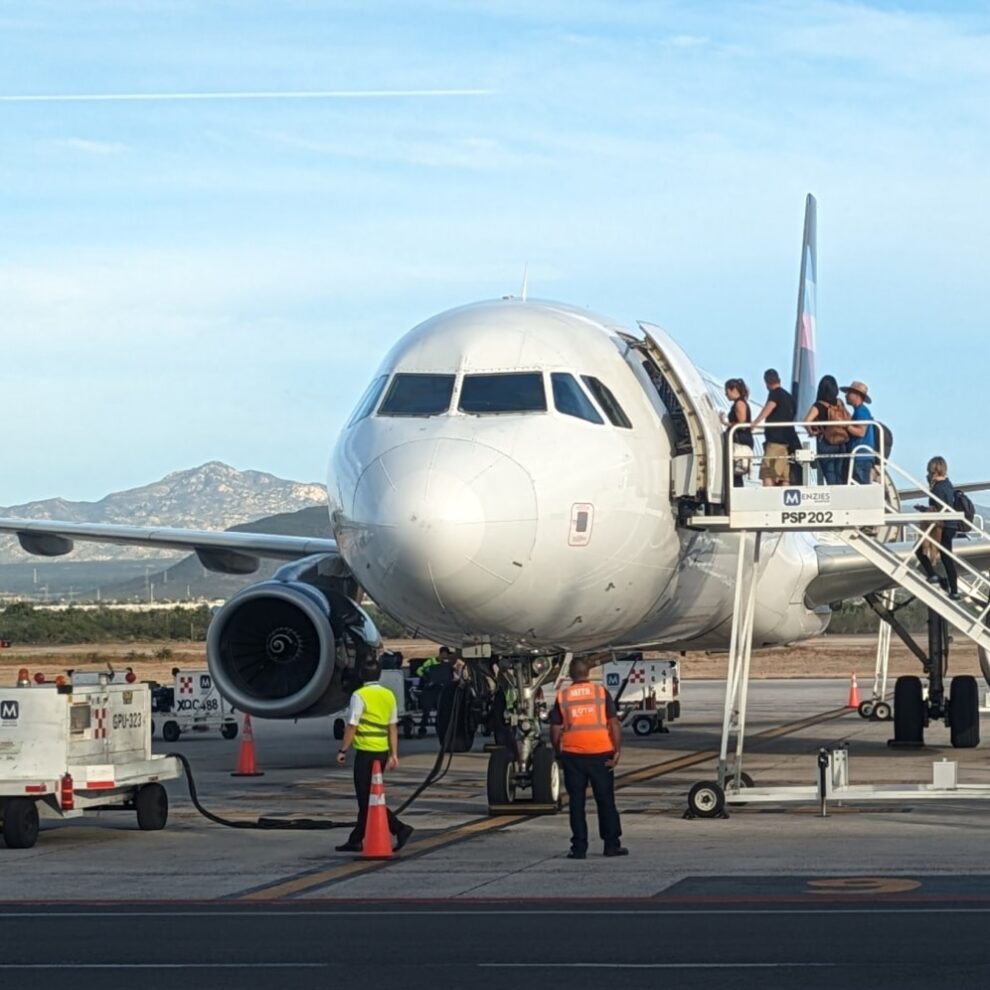
From Slips to Systemic Issues: Unpacking Human Error with HFACS
Knowledge / May 30, 2024
Already back in 1993, the FAA stated that “the human factor has been widely recognized as critical to aviation safety and effectiveness” and concluded “[…] that long-term improvements in aviation safety will come primarily from human factors solutions.” (FAA Order 9550.8)
What do we mean by Human Factors in Aviation?
In their Manual on Human Performance (HP) for Regulators, ICAO describes Human Factors as “[…] concerned with the application of what we know about human beings, their abilities, characteristics and limitations, to the design of equipment they use, environments in which they function and jobs they perform.”
They point out an important distinction from the term Human Performance which specifically refers to how people perform their tasks and their contribution to system performance.
In their Strategy for Human Factors in Aviation, EASA describes Human Factors as “anything that affects human performance” and suggest that “Finding ways to improve human performance can have a significant positive impact on aviation safety and operational effectiveness.”
IATA understands the study of Human Factors as “[…] understanding human behavior and performance. When applied to aviation operations, Human Factors knowledge is used to optimize the fit between people and the systems in which they work in order to improve safety and performance.”
The Australian Civil Aviation Safety Authority offers a simple and straightforward definition:
“Human factors are issues affecting how people do their jobs. They have an impact on safety and how people interact with each other and are an important part of safety management.”
Understanding the Human Element in Aviation Safety
For example, consider a pilot experiencing fatigue during a long-haul flight. Fatigue can impair a pilot’s judgment, reaction time, and situational awareness – all critical skills for safe flight. By understanding the effects of fatigue on human performance, Human Factors specialists can advocate for regulations on maximum flight times, design cockpit interfaces that minimize workload and decision fatigue, and contribute to the development of crew rest protocols that ensure pilots are well-rested for critical phases of flight.
Human Factors Analysis and Classification System (HFACS)
Drawing upon James Reason’s concept of latent and active failures, HFACS describes four classification levels:
Organizational Influences: Deeper organizational issues that contribute to unsafe conditions. These are systemic factors that can create an environment where human errors are more likely to occur.
Unsafe Supervision: Actions or decisions by supervisors that contribute to human error. This category focuses on the role of leadership in safety management.
Preconditions for Unsafe Acts: Factors that increase the likelihood of human error occurring. These are often underlying conditions that can impair a person’s ability to perform their tasks safely.
Unsafe Acts: Observable slips, mistakes, or violations made by individuals. These are the immediate actions or decisions that directly contribute to an accident or incident.
By using HFACS (or the maintenance focused HFACS-ME extension), organizations can gain valuable insights into the specific factors that contribute to human errors in flight operations and maintenance. This allows them to develop targeted interventions to prevent future occurrences and create a safer operating environment.

From Awareness to Action: Building a Culture of Safety
The model outlined above provides just one of many frameworks for understanding and mitigating human factors risks so that they do not escalate into accidents. In addition to categorizing incidents after the fact, frameworks like HFACS can also be used as tools to recognize and proactively address risks associated with human behaviour.
Mitigating those risks is an ongoing process that requires continuous vigilance and adaptation. By staying informed about Human Factors research, implementing Human Factors programs and applying a systematic approach to risk identification and mitigation with the help of tools like HFACS, organizations can significantly reduce the likelihood of human error and create a safer environment.
Simple awareness about common categories of human error like HFACS among the staff can also positively contribute to a more proactive safety culture, since weaknesses can be recognized early on and actively addressed. The importance of a positive safety culture and how organizations can foster it will be the topic of upcoming articles. Stay tuned!









